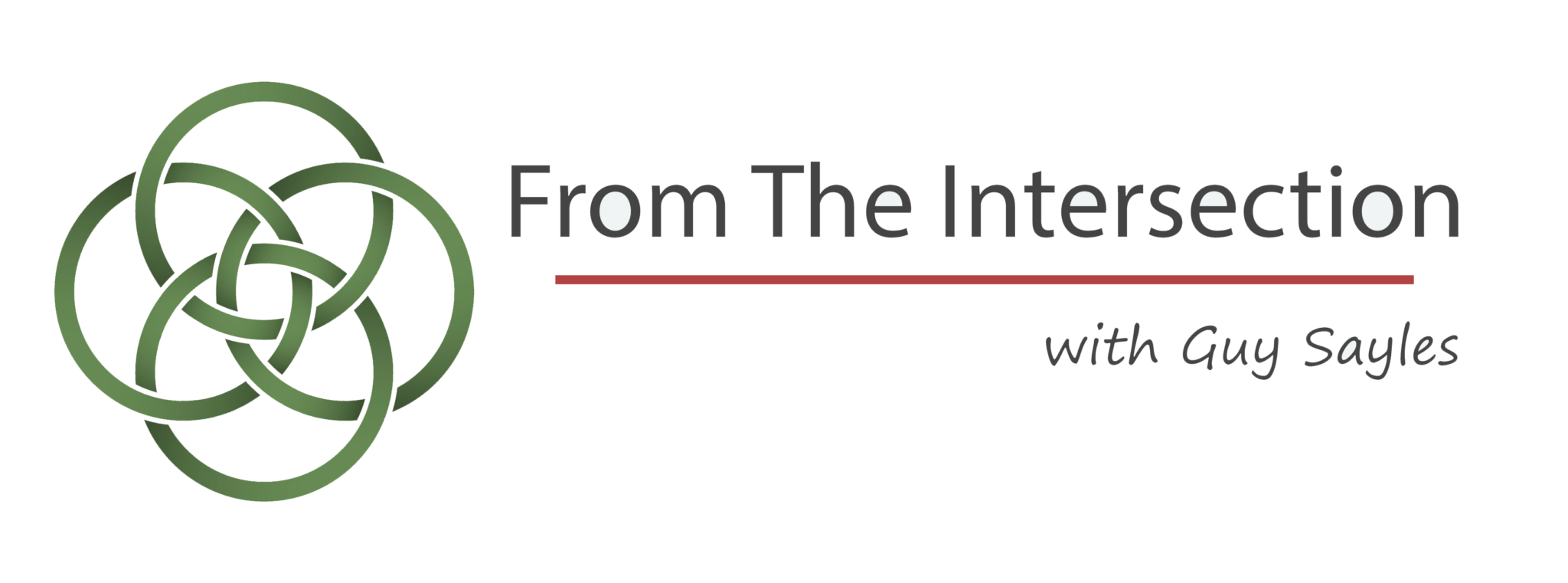Though my children are well into their thirties now, my heart hears echoes of “Daddy, tell me a story.” I cherished story-time with Amanda and Eliot. Sometimes I read other people’s stories to them; it was a delight to watch their eyes widen as we traveled through the wardrobe into Narnia, through the looking-glass into wonderland, and out of the tornado-tossed house into Oz. I laughed with them about how deliciously hungry the Cookie Monster could be and how charmingly grouchy Oscar could be. We bounced and sang with Tigger; we moped and trudged-along with Eeyore.
Other times, I made-up stories in which my kids were heroes and heroines who saved the kingdom from an evil adversary, the adventurers who rocketed to other worlds, or the explorers who found a long-lost utopia.
I’d place them in fairy tales and Bible stories. They went into the woods with Little Red Riding Hood, learned how to find their way home with Hansel and Gretel, and became “real,” rather than puppets on a string, with Pinocchio. They walked with Jesus in fields of flowers, looked with him at the birds of the air, and shared their lunch with him so he could feed thousands. They sat on Jesus’ lap, leaned their heads on his chest, and heard the heartbeat of God.
Often, I told them about the days they were born and how much laughter and love they brought with them when they came into the world.
Poet Brian Doyle wrote
. . . Maybe children are made of stories more
Than they are of bone and hair and turkey sandwiches.
Maybe the way to think of a teenager is as a wry story
That’s all verb and no object as yet. Maybe we guzzle
Forty stories with every breath we draw and they soak
Into us and flavor and thicken and spice the wild stew
We are. . . (“Maybe the Future is a Story That Hates to Wait.”)
We’re storied selves. We are—and we become—stories. We’re made of them. We live in, by, and as stories.
We’re made of images, too. The world is a gallery of pictures which show us who we should be, could be, were, or might have been. The media provide an endless array of airbrushed, stylized, and curated models of success, happiness, and beauty. We see ourselves—or parts and versions of ourselves—in the mirrors of people’s responses to us and of the expectations they have of us. These images are, often without our awareness or consent, patterns and blueprints for us. We try to fashion ourselves into the images which have, for reasons we may or may not understand, the most allure for us and power over us.
Some of these images and stories are framed by our DNA, narrated by scripts our families wrote for us, shaped by the roles our culture handed us, and formed by expectations others have of us. There are stories of ethnic, racial, national, and regional heritage; of religious traditions or their absence; of gender and sexuality; of socio-economic location; and of political loyalties.
Grace gives transforming images and love tells healing stories of who we most deeply are.
The story of God’s love which unfolds in the history of Israel and in the person of Jesus counters all narratives which distort and destroy human dignity. It questions and corrects the wounding and warping stories others have told us and which we tell ourselves about who we are.
We search in the flickers of our unmet yearnings for wholeness and joy for our truest selves, and we find them in the bright light of God’s image, which is also our image, shining from the face of Jesus. We see the selves that we have not yet become but have always been. We discern the potential which is in the raw materials of personhood we’ve inherited, and we discover the possibility of our collaborating with God in the re-creation of more authentic selves.
We see and hear how we may become as new as we always were.
Discover more from From The Intersection
Subscribe to get the latest posts sent to your email.


Recent Comments